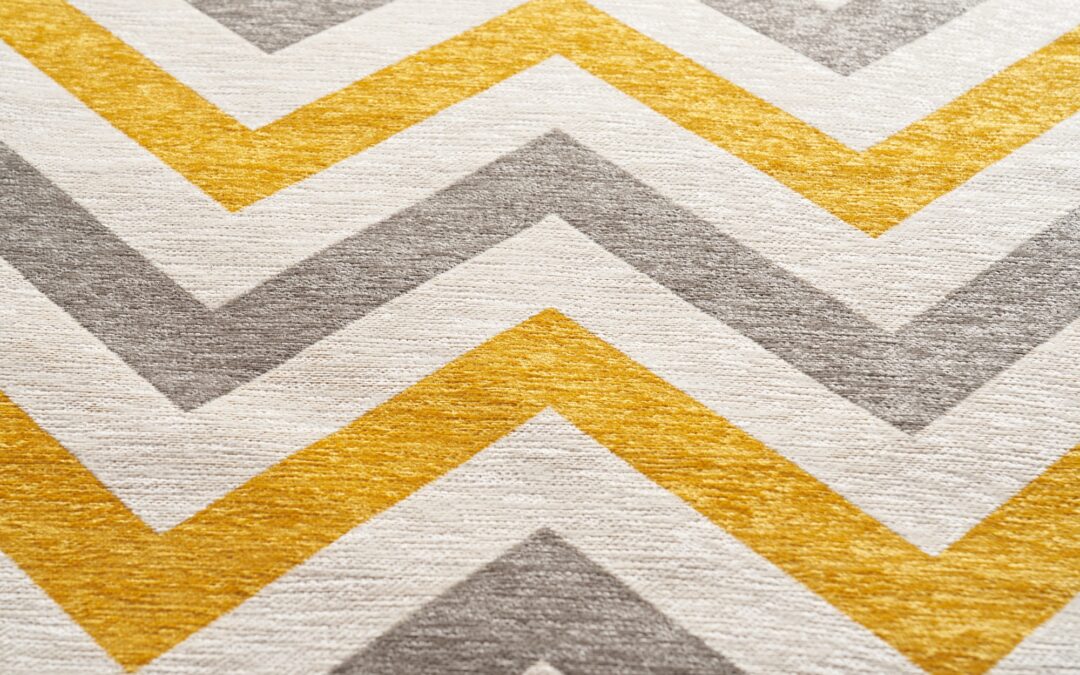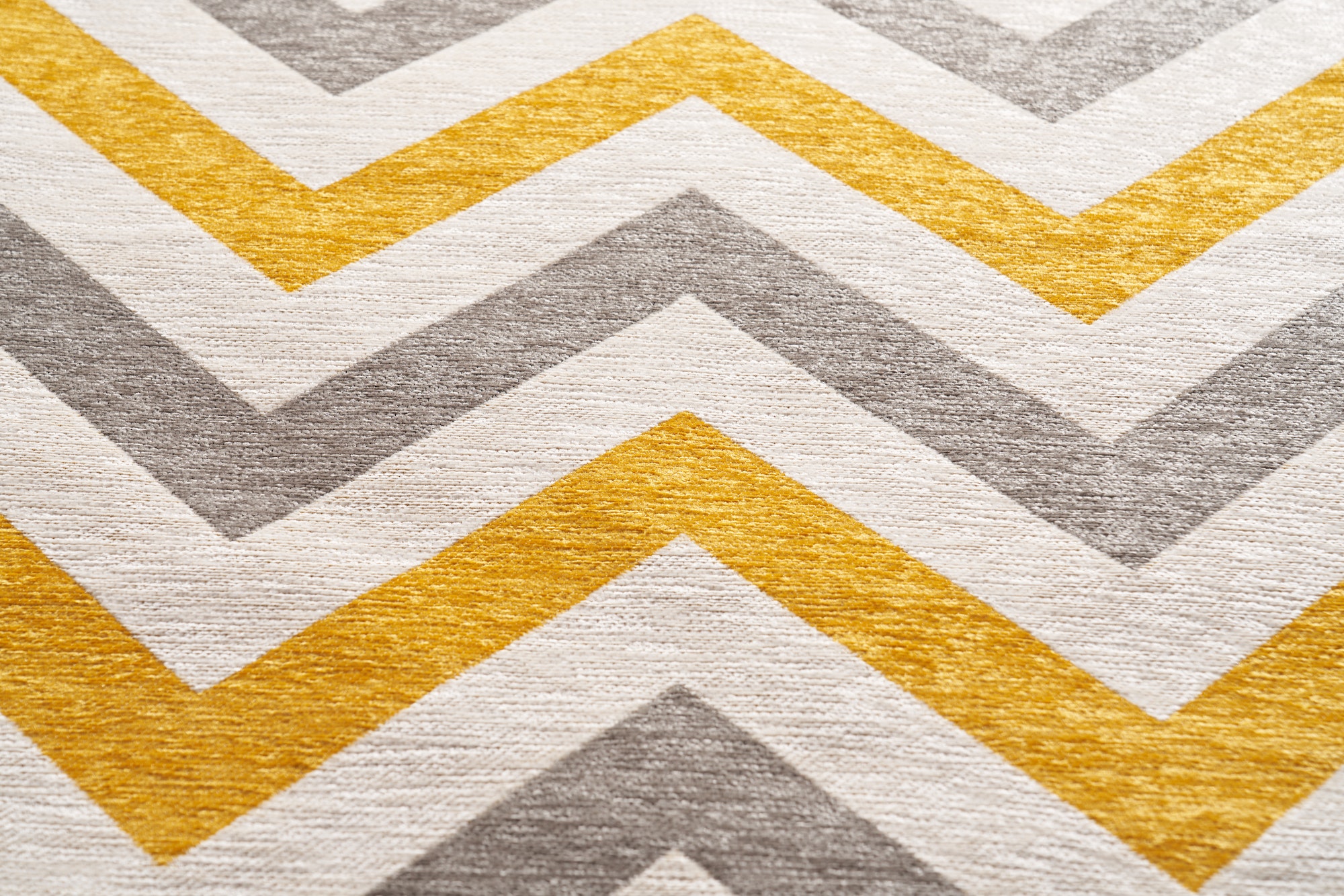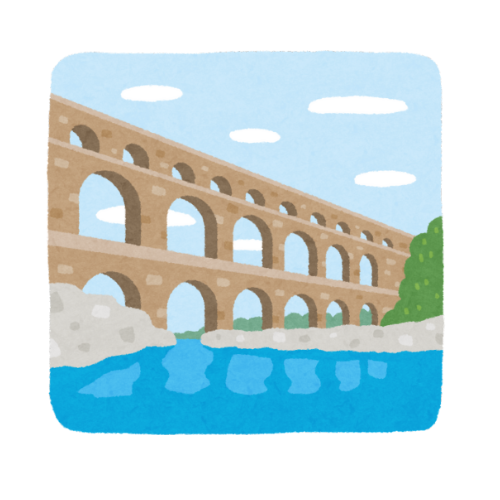The Most Important Thing to Consider When You Are Creating A Pattern is that it should be unique. It will be the first thing that makes your pattern stand out from the rest. The Second Thing to Consider is the texture of the pattern. You can use a variety of textures, but it’s best to choose one that matches your pattern. For example, if you are using a textured background, it would be best to use a similar texture for your pattern too.
Associate prints and textures:
To bring character to your sets, do not hesitate to associate different prints and textures. In this way, you can create interesting contrasts that will give a touch of originality to your decoration.
You can for example mix a smooth print with a textured pattern or use two colors in contrast, such as pink and white. Do not hesitate to play on the texture to obtain an aged effect: materials like leather, jute canvas or wooden boards are ideal for this. For the contrast to be successful, your pattern must be printed in larger format than that of the bottom and/or on a smaller surface than this (like a wooden board for example).
Play with contrasts and associations:
Contrasts and associations are two essential elements that will help you create unique, original and personal parts. Play on contrasts using different colors for the wall, a different paint for the front door or a different floor covering.
Associations sometimes allow you to play with shapes, materials and colors. They bring relief to your entire interior.
The subtlety of patterns:
The subtlety of the patterns has always fascinated artists and designers.
The subtlety of the patterns is one of the characteristics of the nature around us. But how to define this notion? It is a simple form, but sometimes complex to reproduce on a fabric or on a final touch of a product. On your clothes, it will sometimes be enough to apply a pattern to create a unique, original and difficult to imitable look!
Touch to determine visual harmony:
You want to determine visual harmony through touch.
This is a very simple exercise that will teach you to recognize materials, textures and forms.
You can use your hand or an object as an example to test your affecting capacities.
Balance patterns and textures:
Fashion is an element that can influence the way we dressed. So you have to know how to understand it and act accordingly. If you are chilly, it is better to adopt warmer outfits. For example, patterns such as tiles or scratches are to be banned if you don’t want to be cold. Light colors are more suitable for low temperatures, while black goes hand in hand with high temperatures. Your dress style must be consistent with your personality. Remember to harmonize your outfit with the environment in which you are going to work (interior or exterior).
Your clothes must be in accordance with your general look: wear a costume to go to the office is old -fashioned, especially if this does not correspond to your personality at all! To succeed in your look, it is important to grant your outfit logically and intelligently: you can for example opt for a long dress when the temperature is high and there is wind; A white shirt could be suitable if the temperature is low and there is sun; etc
Dare the colors to break the codes:
Color intake is one of the keys to a successful design. But how do you get there? How to choose the right colors for your interior? What are the effects sought and how to use them as well as possible? To answer these questions, we offer you in this file an overview of the question and a practice.
Patterns and textures is a simple guide to mixing and matching patterns and textures. The book Focuses on the use of patterns in design, architecture, graphic design, fashion and interior design.



